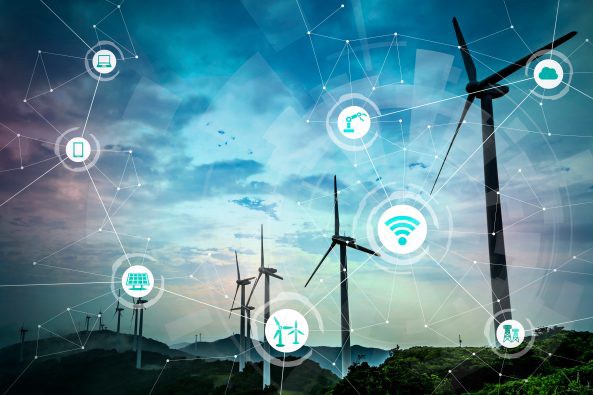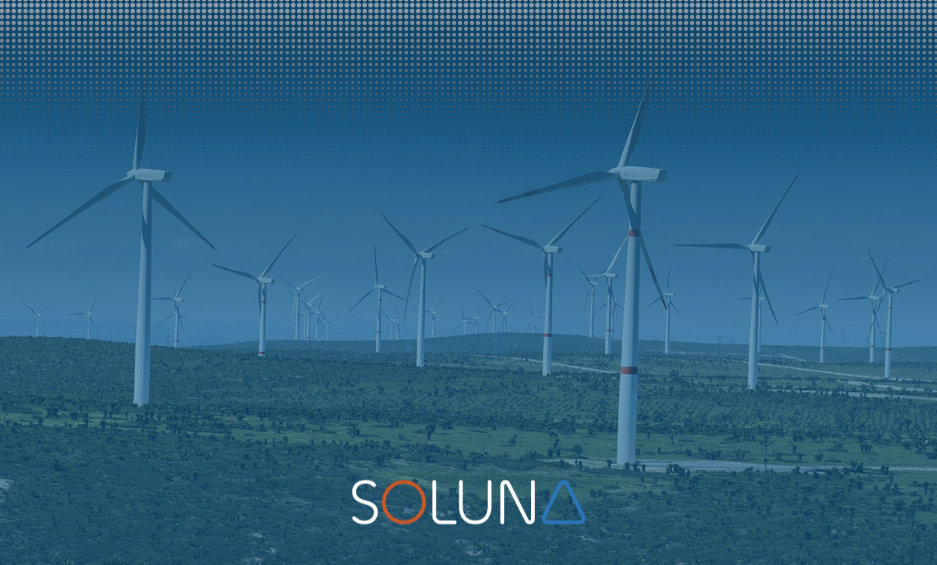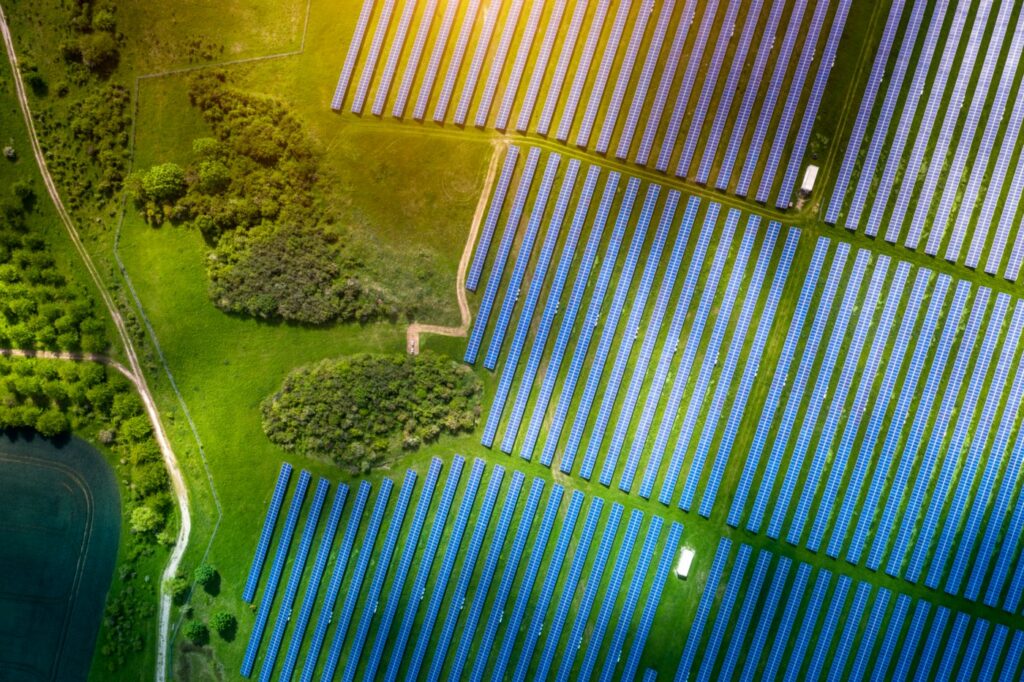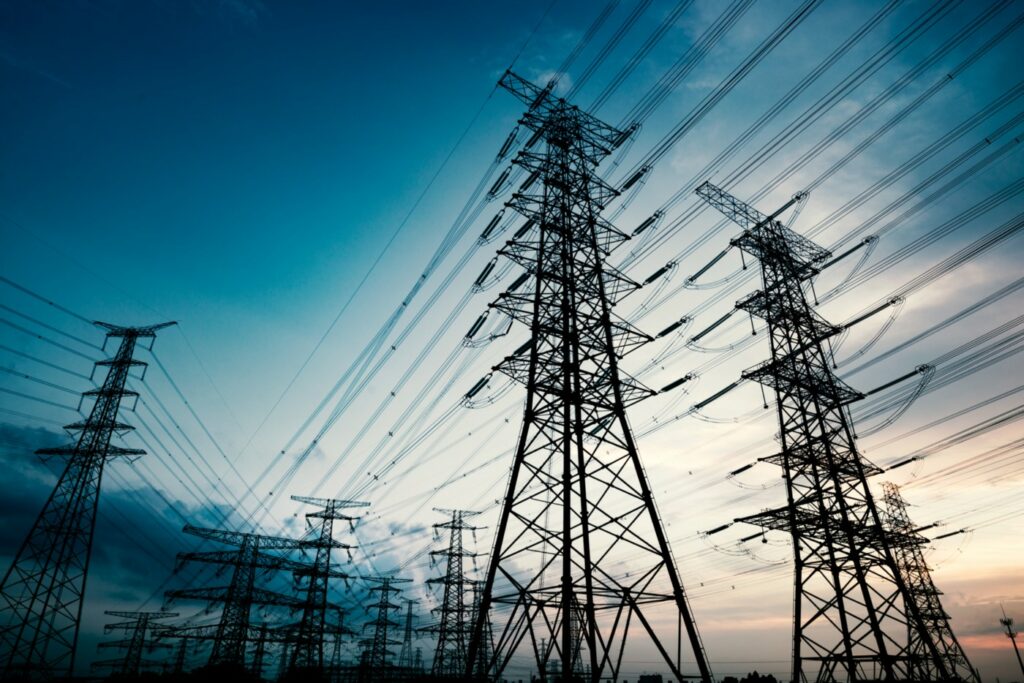By Larbi Loudiyi, VP of Energy
Since the early age of 18, I had a passion to create my own renewable energy company. I have always been aware of environmental issues and understood the impact they would have on future generations. While we live in a world where humanity has solved most of the problems it faces, it is important to be mindful of the solutions that have yet to come and how we can take part in creating them. One of my goals in life is to create environmental improvements that will make significant changes in the world.
Soluna is the perfect illustration of this. We are a company that has taken on multiple challenges (technological, socio-economic, and ecological) and is trying to solve them all at once. By producing clean energy to power the blockchain, we are taking a big step towards a cleaner future and a better world.
“Wind power will be the dominant force behind the green power of the blockchain revolution.” – Larbi Loudiyi
Blockchain is a multibillion-dollar revolution with an equally large energy problem. The thousands of cryptocurrencies and blockchain projects in operation today require massive amounts of cheap power — and the resulting demands on the world’s energy resources are unsustainable. Just how much energy are we talking about? As of June 2018, mining for Bitcoin alone uses 71 terawatt hours (TWh) per year, equivalent to almost 10% of China’s annual energy usage. If Bitcoin was a country, it would now be the world’s 41st largest energy consumer, just behind Chile.1 What’s more, the energy demands of cryptocurrency mining and blockchain projects are growing at an astounding rate. These energy demands increased by many multiples in the last year alone.
The blockchain-driven demand for energy has sparked a global scramble for inexpensive power, but fossil fuels should not fill the void. Instead, we believe the blockchain community should look to a greener solution. Renewable energy is becoming one of the most profitable and sustainable sources of energy in the world. When people consider scalable sources of renewable energy, the focus is primarily on solar and hydro. While these have potential, there is a more viable solution. At Soluna, we believe in the power of wind. Here we’ll briefly illustrate how wind power works and explore why it is the most promising solution.
Wind Power 101
People have been harvesting wind power for centuries for various applications, from sailing ships to grinding grain and pumping water. Wind is created by multiple natural phenomena, including planetary circulations (which generate jet streams and trade winds), topography, atmospheric waves, and storms such as hurricanes and typhoons. Its power varies greatly across the globe depending on nearby bodies of water, vegetation, and differences in terrain.
Today, we can generate electricity by capturing the power of the wind with turbines. These tall towers catch the wind with their large blades, which act a lot like airplane wings. The combination of lift and drag turns the blades around a rotor connected to a shaft, which spins a generator to create electricity. To generate a sizeable amount of electricity, it’s common to group many wind turbines together to create what’s known as a wind farm.
Wind power depends on three key variables:
- The amount of air (volume)
- The speed of air (velocity)
- The mass of air (density)
When we look at the effectiveness of wind turbines and wind farms, we also consider its capacity factor. The capacity factor is the average power generated, divided by the rated peak power. It is based on both the characteristics of the turbine and the qualities of the site. Generally, attractive wind farms have capacity factors of 30% or higher.2 We expect the capacity factor of our Morocco project to be significantly higher than this figure and among the highest levels in the world.
Let’s consider a real-life example. We have acquired the rights to a 37,000-acre wind farm site in Dakhla (southern Morocco). Dakhla is in one of the world’s windiest regions and is known as the kitesurfing capital of the world. By way of comparison, winds in New York City travel around 8.25 miles per hour during the windiest season of the year — and in Dakhla, winds travel constantly at more than 22 miles per hour. The Moroccan coastline altogether has phenomenal potential as a wind resource: We estimate that it could supply half the energy consumption demands of the EU — a truly massive amount of energy.
Wind is a clear renewable energy leader
How does wind energy stack up against solar and hydro energy? Across several key criteria, the wind comes out ahead, including:
- Implementation: Compared to hydropower, the wind is simpler to implement. The project development process is shorter and requires less time working with utility companies who manage the grid and less initial investment in electrical work.
- Energy availability: Wind is a clear winner here thanks to its 24/7 availability, unlike solar, which is available only during sunny daylight hours.
- Location: Hydropower projects are naturally dependent on water sources. Wind farms, on the other hand, can be located on land or offshore — a notable advantage.
- Effects on the environment: According to the U.S. Energy Information Administration, using wind to produce energy has fewer effects on the environment than many other energy sources. Wind turbines do not release emissions that can pollute the air or water, and they don’t require additional resources such as water for cooling.3 In fact, the calculation we performed, concluded that our wind farm in Morocco will reduce the carbon emissions by 0.6 tons per megawatt-hour (MWh) produced. In comparison, the emission factor of coal units is between 1–1.4 tons CO2/ MWh.
Soluna’s mission today fuels my dream as a young engineering student and today that the future will be dominated by renewable energy. Wind power will be the dominant force behind the green power of the blockchain revolution.
[1] https://digiconomist.net/bitcoin-energy-consumption (as of June 2018)
[2]web.mit.edu/windenergy/windweek/Presentations/Wind%20Energy%20101.pdf
[3] https://www.eia.gov/energyexplained/index.php?page=wind_environment




